The legalization of marijuana in the US, on a state-by-state basis, has created a whole new industry where none was before. While plenty of former potheads have been eager to join the ranks of cultivators and budtenders, we see plenty more people joining the industry without having been that familiar with weed before.
Like any industry, you don’t necessarily have to be a patron of a product to be employed in its production and distribution. This has produced the off-kilter situation of people who never dealt with weed back when it was 100% prohibited, now confronted with this unusual culture with its own weird way of doing things. In addition, many of you more familiar with weed got used to simply buying “a baggie” from your former supplier without bothering with all this metric stuff.
So here, we’re trying to get all the weights and measures in and around marijuana in one place. Keep this for a handy guide, and be sure to leave a comment to ask ANY marijuana-related quality questions you have unanswered!
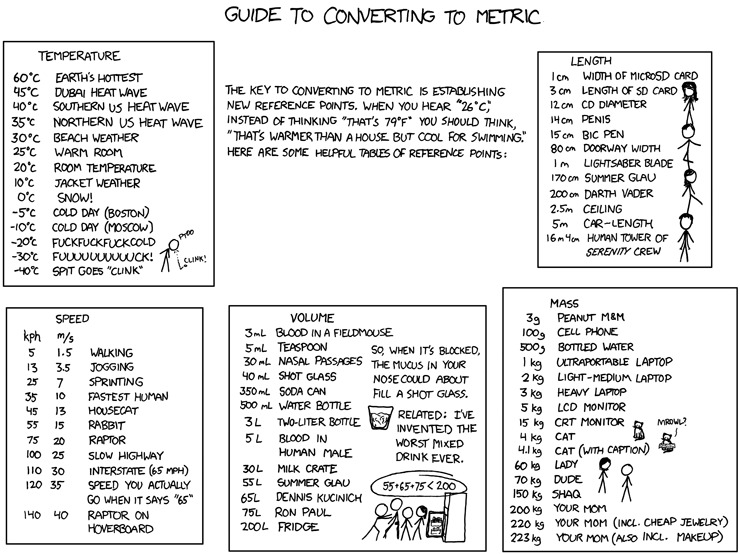
(credit https://xkcd.com/)
Basic Measurements
There’s actually three systems of measurement that you’ll be dealing with for cannabis, at least at the consumer end:
- Imperial weights – Used for dry cannabis flower
- Metric dry weights – Used for small amounts of dry cannabis flower
- Metric liquid volume – Used for extracts, concentrates, distillates, etc.
We say “dry flower,” because it’s actually the bud of the cannabis plant with all the psychoactive goodies in it. The familiar spiky pot leaf you see, which is used to represent cannabis, isn’t the part you actually smoke. The leaf is used because it has a distinctive shape, where the actual cannabis bud looks like a random chunk of any material. (We know 95% of you know this already. But somebody has to explain it to that last 5%.)
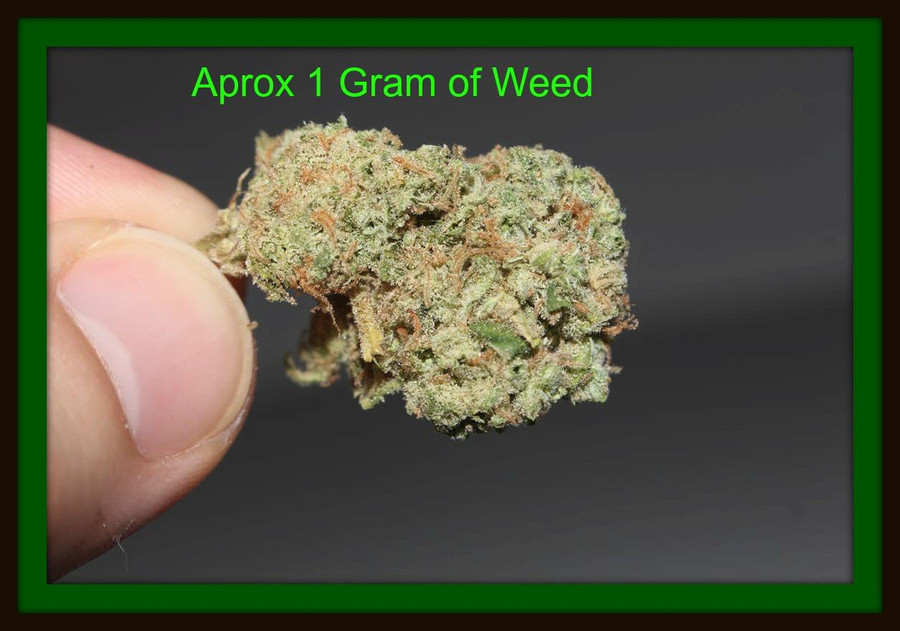
Common dry flower measures include:
- Gram – 0.035 (nearly 1/3) of an ounce. One metric dry weight measure of dry flower, about the size of a large table grape or cherry. Enough to pack a couple bong-loads on average. Also nearly what we refer to as a “nug,” a nugget of weed.
- Eighth – Switching to Imperial, an eighth is 1/8th of a dry ounce, equal to 3.5 grams, about the size of a kiwi fruit. The most common measure for personal use.
- Quarter – 1/4th of an Imperial dry weight ounce. Two eighths, or slightly over 7 grams, near the size of an apple.
- Half – ½ of an Imperial dry weight ounce. Two quarters, or 4 eighths, or roughly 14 grams, around the size of a Texas ruby red grapefruit.
- Ounce – A full Imperial ounce, equal to 28 grams. About the size of a coconut.
- Pound – An imperial dry weight pound, equaling 16 ounces or 448 grams. About the size of an average watermelon. Very rarely sold in this quantity at the retail level.
- Kilogram – Used only by law enforcement, a kilogram is equal to 2.2 pounds of weed.
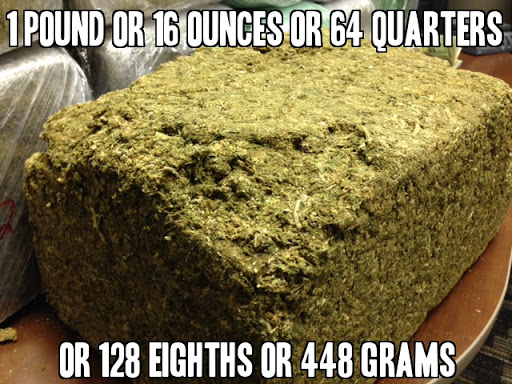
Now when we talk about sizes, that’s just for a bit of visual convenience. These measures quantify weight, which is a matter of mass, not size. Cannabis with a high moisture content is likely to weight more while being a smaller size, where dried-out flower is likely to weigh less in comparison to its size. Density also plays a factor, so if weed is ground up, it is in its most dense form as opposed to still being attached by the stem structure.
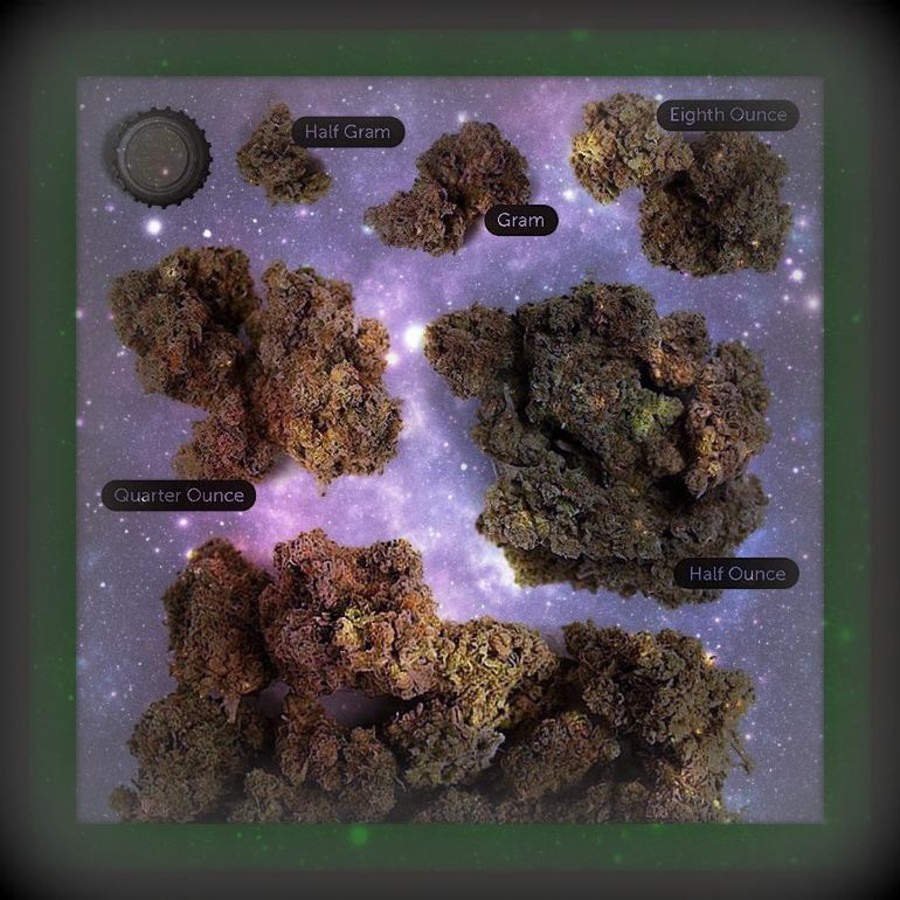
All of the above only applies to dry flower. Now for liquids, concentrates, extracts, and so on, these are done in volume, which is more related to size than mass. We have left behind raw plant material and entered the realm of processed liquids.
- 0.5 gram – 500 milligrams – A small vape cartridge
- 1 gram – A standard vape cartridge
That’s pretty basic. Most extracts, be they diamonds, live resin, rosin, or whatever (budder, wax, shatter, etc.) are sold by the gram. However, we’re still not done with some of the common units you see in reference to marijuana:
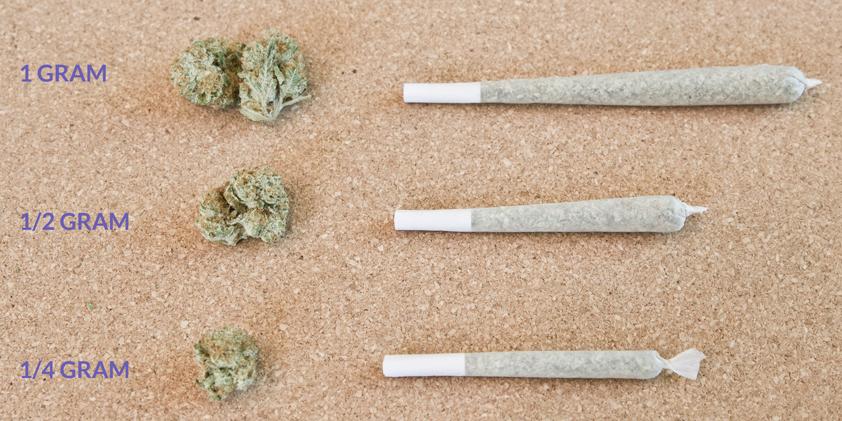
Common Cannabis Servings
There’s a few arbitrary units of marijuana which are tossed around both on the retail end and the consumer end, after you get it home to enjoy yourself or divide among friends. First, let’s talk about smoking it out of paper, once again in solid dry flower measurements:
- Preroll – What we call “joints” now. Prerolls are sold at dispensaries, most of them being at least one full gram and sometimes more.
- Joint – The classic “marijuana cigarette,” equal to about a half-gram or even less.
- Blunt – Cannabis rolled up in a cigar wrapper, sold today as “herbal wraps,” usually amounting to 2 grams or more of weed.
- Roach – Term for a smoked-down butt of a joint, minuscule (0.005 gram?) amount.
Cannabis smoking takes some explaining, because things have changed.
You’ll note one very important difference between modern smoking and how we did it before: filters. We’re putting filters on these like they were cigarettes. We didn’t used to do that. We would smoke cannabis “unfiltered,” and smoke it right down to the end. Hence, roaches, and the specialized tweezers-like extension they sell in head shops, called “roach clips,” which let you smoke the end of a joint without burning fingers or lips. Show ’em how it’s done, The Big Lebowski!

So a kid these days might look at Jeff Bridges and ask “Why is homie smoking the filter? Isn’t that nasty?” There was no filter. That’s why.
Now in the days of full cannabis prohibition, you had to buy smoking accessories and pretend they were for consuming tobacco. So joints were made using rolling papers, with the most popular brand being Zig-Zag.
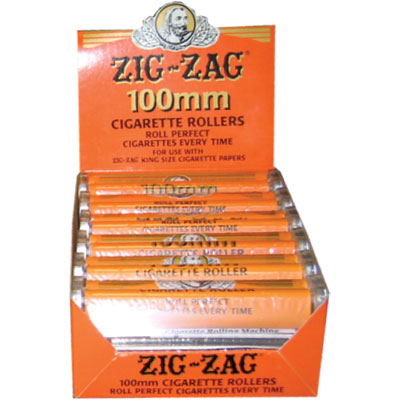
And that’s how you’d end up with a joint (also called a “doobie”), about the size of a non-filtered cigarette. Eventually Zig-Zag got wise to the actual use of their product and offered “1 ¼ size” rolling papers, an extra 250mm of paper to twist at the end so none of your precious pot fell out the end.
So, what does all this tell you? A modern day preroll is the equal of at least two joints from back in the day, sometimes even three.

Now when you kids start doing crazy stuff like this, you’re on your own. It looks really stupid.
Going by our above charts, we know an eighth is enough for, meh, about 3 prerolls, or about 5/6 joints as your grandpa rolled them.
Other common cannabis servings:
- Can, Jar – Most dispensaries sell dry flower in jars, cans, or mylar bags. These contain an eighth (3.5 grams).
- Sack – You might hear some dispensaries selling something like a “40 sack.” This comes from the old street dealer days – you’d sell by cash money units rather than weight. How much is actually in a sack of a given dollar value is up to the dispensary’s going price.
- Dab – (liquid extract) About equal to a grain of rice, the amount you would use in a dab rig chamber at once for dabbing.
- MG (milligrams) – A measurement for THC, which is of course 1/1000th of a gram. Common edibles contain no more than 5-10 milligrams of THC.
- Bowl, bong, or pipe load – Your average bowl of your average non-paper smoking device is designed to hold about half a gram of ground weed. There isn’t much sense in overpacking it, or cramming a whole nug in there, because that’s wasteful and likely to spill, or burn or hit unevenly.
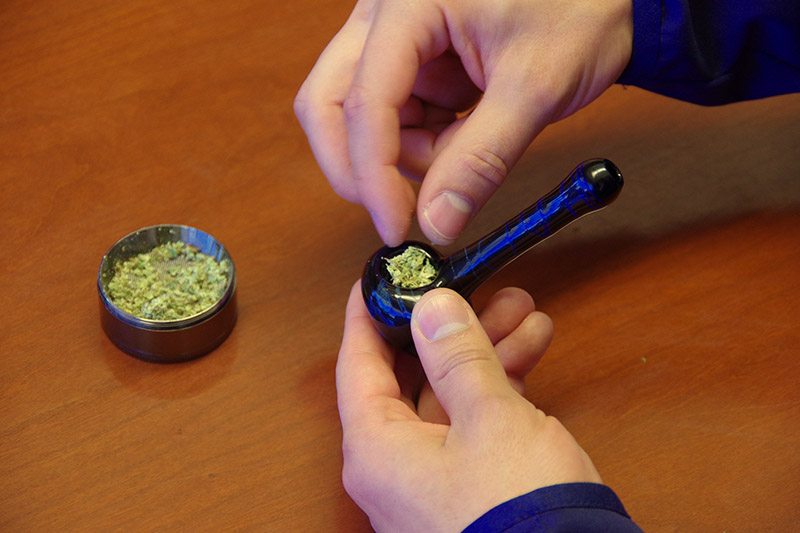
We’re not trying to go for a whole weed encyclopedia here, so these are all the most common terms you should encounter in your average weed market. If you hear any term not covered anywhere on this list, feel free to ask what that is.
Now we’re coming down to the important part…
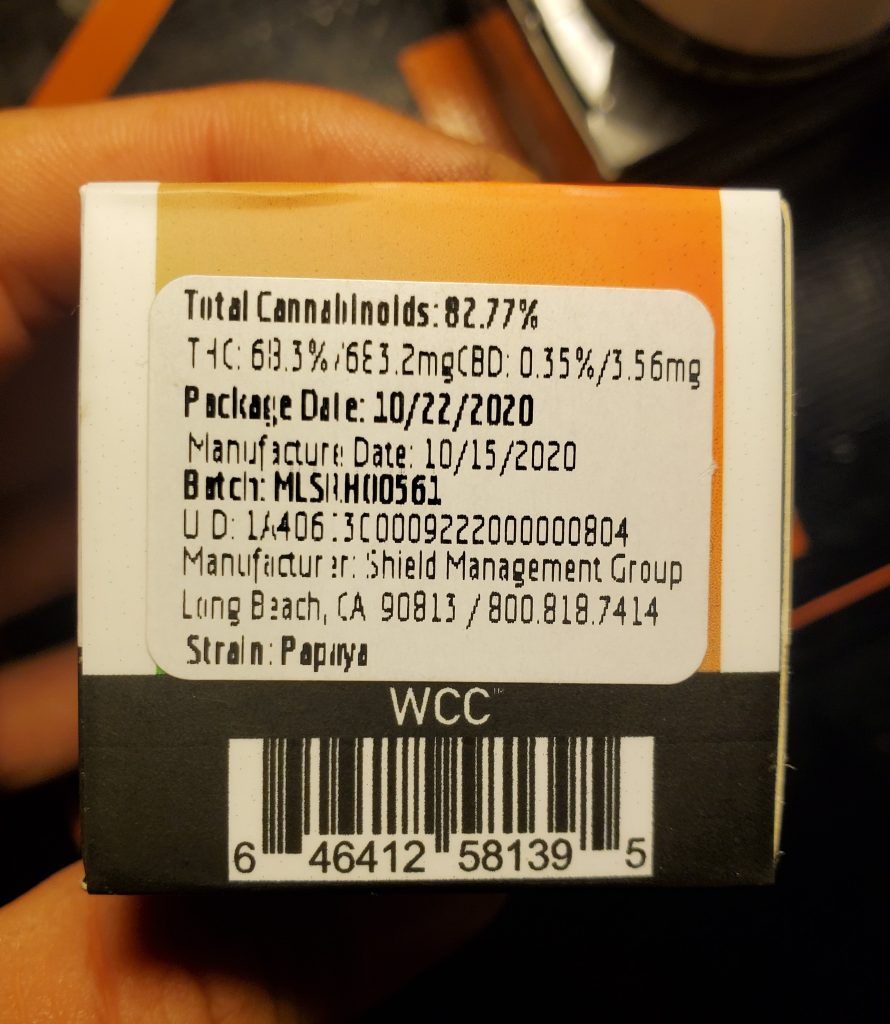
THC Potency by Volume
The most important aspect for cannabis consumers is the primary psychoactive chemical, good ol’ THC. THC is often listed by percentage in dry flower and extracts or concentrates, while listed as MG (milligrams) on edibles. So how much THC are we consuming in a dab, preroll, bong hit, or whatever?
That’s a matter of potency, which depends on concentration. That can vary by a lot; today’s cannabis bred for THC percentage can run from roughly 20% to 30% THC at the maximum. That’s the dry flower; extract or concentrate will be much higher, 60% or up to 90%. Thus, a dab is far more potent than dry flower. However, your consumption metrics won’t always be exact, because you lose some vapor or smoke while you’re not inhaling, extra burning off, etc.
The convenient thing about the metric system is that the percentages work out to a fairly straightforward ratio. If you have a gram of weed that is 19% potency, then you have 190 MG of THC. If you have a gram of concentrate that is 69% potency, then you have 690 MG of THC. If you’re vaping a live distillate cartridge and you’re damned and determined to vape the whole thing in one sitting, you’re undertaking up to 900 MG of THC.

For the raw beginner, as little as 3 MG THC can make you start feeling effects. The regular consumer will feel effects easily from between 10 to 30 MG THC. Heavy users who have built up a tolerance might need as much as 50 MG to feel the effects. Few people really get anything out of increasing the dosage all at once beyond that. More than 50 MG of THC at once can make you “trip,” altering perception and impairing your coordination.
There is no lethal dose of cannabis known. However, consuming past 50 MG just isn’t going to get you any higher; there’s only so much the cannabinoid system in your body can absorb at once. The rest is just going to be pissed away. You’ll most likely pass out from getting any more stoned.
Keep in mind when you’re talking edibles, there is no loss like with vapor or smoke; you’re eating it all and it will all be metabolized. On the other hand, tolerance is also a factor of body weight, just like alcohol and other mind-altering substances, so the tolerance level can vary depending on your physical size.
So, we can’t really quantify THC dosage down to the individual inhale; that depends on how much you pack your bowl, how hard you rip it, and what’s your tolerance. Suffice to say, enough to feel something is, on average, about 15 MG, or your average hit or rip from whatever you’re vaping or smoking.
For more variables that affect how cannabis hits you, check out “Optimizing Your Cannabis and CBD Experience.”
Conclusion
Readers, like we say, we’re on a mission to be more complete and accurate in our weights and measures than any other guide has been before. Any suggestions, corrections, or further questions is more than welcome here in the comments or our kushy forum.


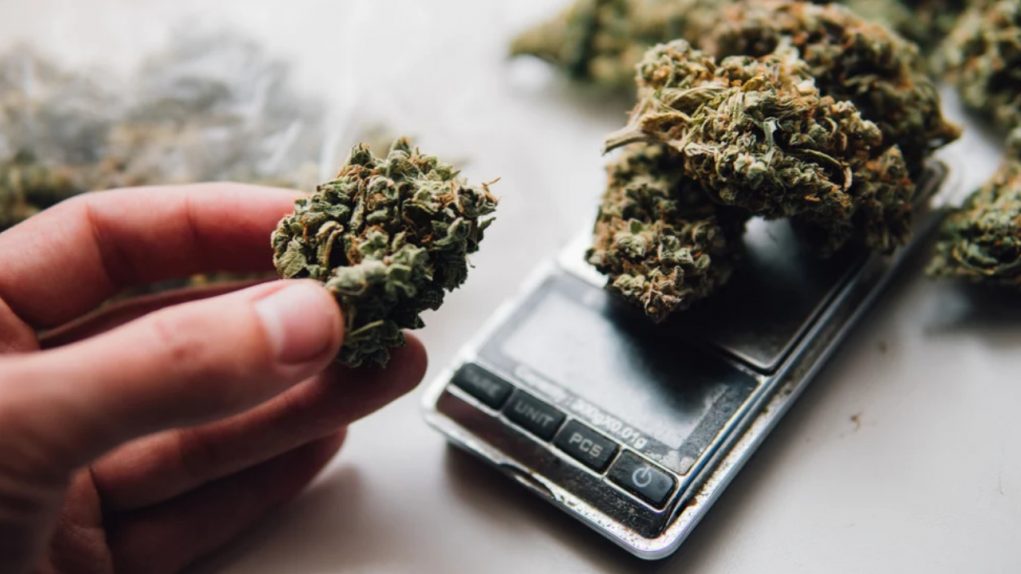







Dear Dabconnection Com,
I’m Sarah Deisz with Clark Construction. We’re currently evaluating potential partners for an upcoming opportunity and would like to confirm:
Your availability for new projects in Q3 2025.
Your interest in receiving project details
Scope information will be shared upon your confirmation of availability and interest.
Thanks.
Sarah Deisz
Project Executive
415-233-7957
Dear Dabconnection,
I am reaching out to inquire about your company’s current capacity availability, as we have an upcoming project for which we’d like to request a quotation. We’d appreciate your feedback on feasibility and timelines.
Please let us know if you require any additional details to provide an estimate. We look forward to your response.
Best Regards
George silver
Nexans.com
Dear Dabconnection,
I hope this message finds you well. I am reaching out to inquire about your company’s current capacity availability, as we have an upcoming project slated to commence in the second half of the year. We would appreciate it if you could provide a quotation for your services to help us proceed with planning.
Looking forward to your feedback.
Best regards,
Matt Papenfus
Managing Director
Turnerconstuction.com
DearDabconnection,
I hope this message finds you well. I have a compelling business proposal that offers significant benefits for both parties, creating a win-win opportunity for collaboration.
I’d love to share more details and explore how we can work together to achieve mutual success. Please feel free to reach out at your earliest convenience.
Looking forward to your response.
Best regards,
Steven Pember
Dear Dabconnection,
I hope this message finds you well. I am reaching out to inquire about your company’s current capacity availability, as we have an upcoming project slated to commence in the second half of the year. We would appreciate it if you could provide a quotation for your services to help us proceed with planning.
Looking forward to your feedback.
Best regards,
Matt Papenfus
Managing Director
Turnerconstuction.com